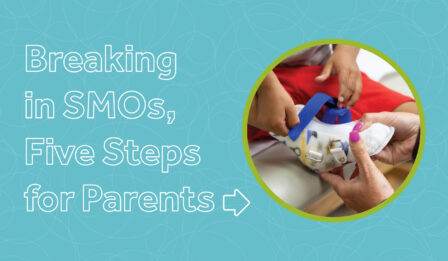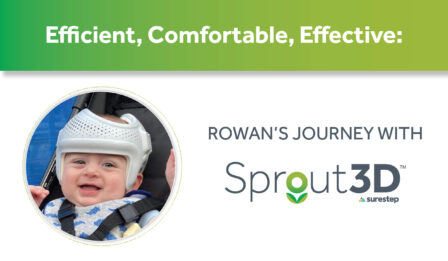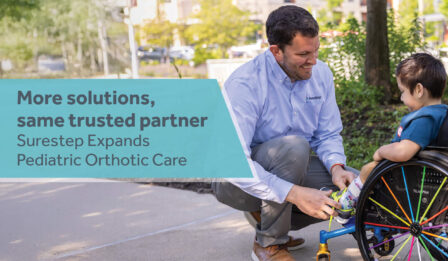Hypotonic Cerebral Palsy In Kids – What You Need To Know
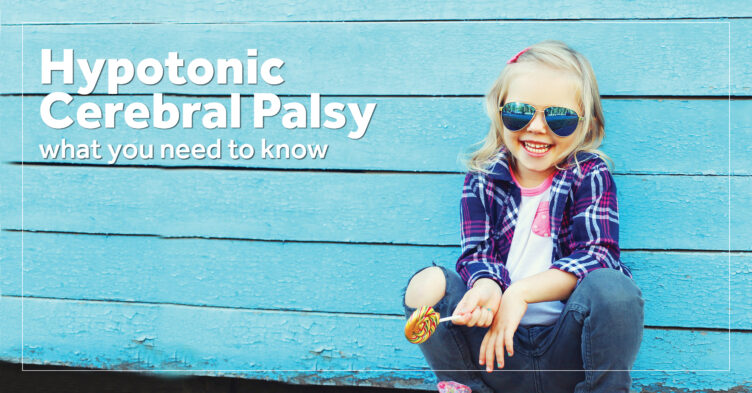
Every child comes with his or her own list of challenges. And for kids with hypotonic cerebral palsy, that list may be a bit longer. Here are some of the basics you need to know:
What Is Hypotonic Cerebral Palsy?
Hypotonic CP is a form of cerebral palsy that causes hypotonia, also known as low muscle tone. It leaves your child’s muscles too relaxed.
And these “floppy” muscles can make everyday movements difficult as well as exhausting. This causes many kids with hypotonic CP to reach milestones (crawling, standing, etc.) more slowly than their peers.
Even though low muscle tone sounds like weakness, there’s a difference between muscle tone and muscle strength. Extra time in the gym won’t cure your child. That’s because muscle tone doesn’t change. Just remember that what your child lacks is stability, not strength.
It’s important to get your child the treatment needed, such as physical therapy and bracing, at a young age.

Hypotonic CP Vs. Hypertonic CP
Cerebral palsy impacts each child differently. This is why there are multiple types of CP. One of these classifications is based on muscle tone. Hypertonic CP, the opposite of hypotonic CP, is more common. And because these kids are on the higher end of the muscle tone spectrum, stiff limbs and muscle spasms are common.
Although Surestep is best known for helping kids with low tone, our Indy 2 Stage is a great solution for high tone.
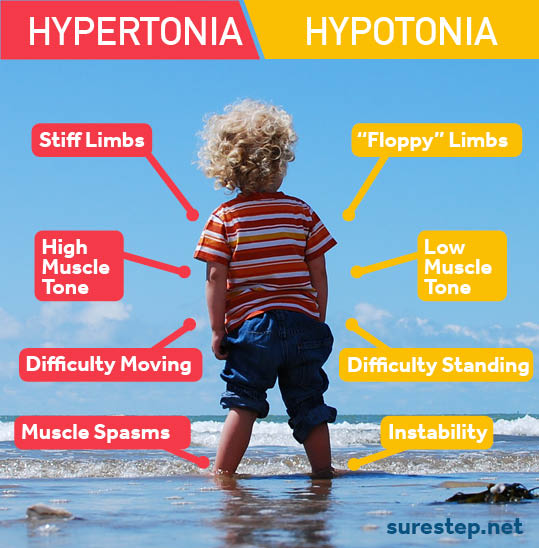
What Causes Hypotonic CP?
As with all forms of CP, hypotonic cerebral palsy is caused by either abnormal brain development or brain damage. For this type in particular, the damage is often found in the cerebellum. Infections, blood clots, strokes, a lack of oxygen, and difficulties during the birthing process can result in cerebral palsy.
What Are The Symptoms?
Every child is different. This list is far from exhaustive, but some of the most common symptoms of hypotonic CP include:
- Poor head control
- Delayed gross/fine motor skills
- Difficulty breathing
- Laxity in ligaments & joints
- Poor balance
- Impaired mobility
- Exhaustion
- Difficulty sitting/standing unassisted
What Are The Treatment Options For Hypotonic Cerebral Palsy?
Along with physical therapy, one of the most effective treatment options for hypotonic CP are custom-made braces from Surestep. Our innovative approach will gently move your child’s feet into proper alignment while providing that much needed stability.

To get started, talk to your pediatrician or physical therapist about Surestep.

